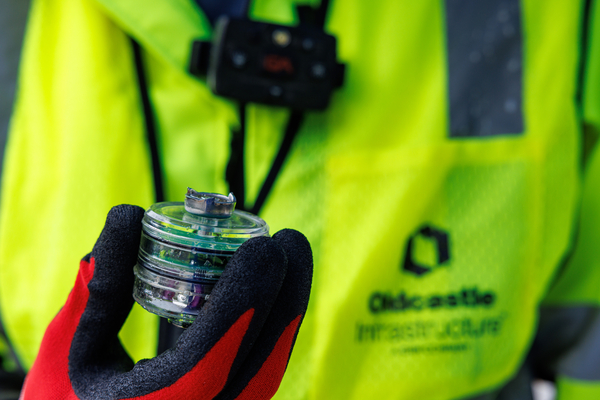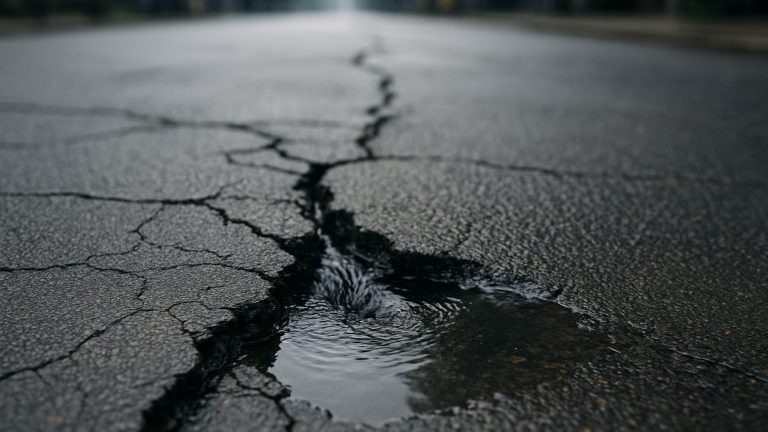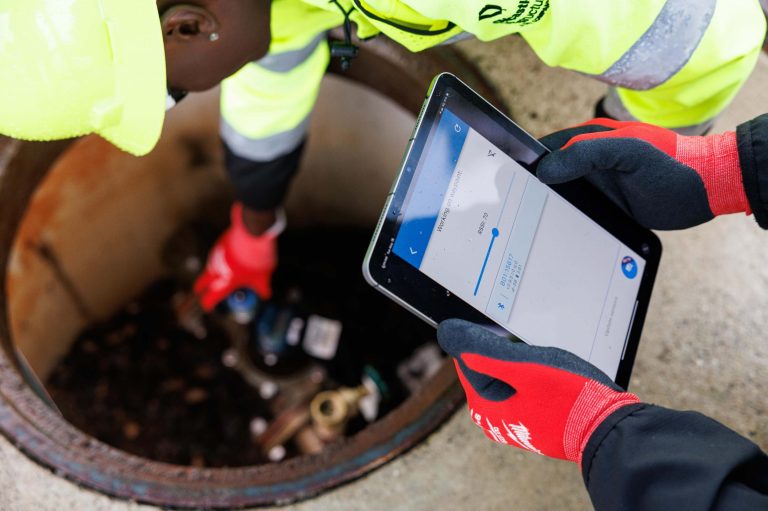CivilSense™
Predictive Risk Analysis FAQ
Municipal Water Asset management


The CivilSense™ water asset management solution uses a combination of predictive risk analysis and real-time targeted leak detection to assess failure risk and to detect, locate and size existing leaks within a water distribution network.
Read the FAQ to learn more about the CivilSense™ predictive risk analysis AI.
Who can benefit from CivilSense™ predictive risk analysis?
CivilSense™ uses a proprietary AI to assess failure risk in clean water distribution networks.
By identifying areas of elevated break risk and assessing pipe condition as far as 20 years into the future, it enables municipalities and water utilities to prioritize scheduled repair work, conduct emergency remediation actions, and develop long-term water asset management plans.
In this way it helps city leaders such as mayors, city managers, water utility and public works leaders to address aging water infrastructure and ensure that budgets are invested strategically and in the most cost-effective way.
It also helps consulting engineers to provide better water asset management advisory services to the municipalities that they partner with.
What type of AI does CivilSense™ deploy for predictive risk analysis?
Our predictive analysis uses the daVinci proprietary machine learning model developed by our technology partner VODA.ai.
Developed by a dedicated team of data scientists, the model ingests a range of different network and related data sets and uses multiple different algorithms to assess the risk of pipe breaks.
As a machine learning model, the AI improves itself automatically as it goes through the analysis process.
Note that this applies only to our predictive analysis capability. Our targeted real-time leak detection service uses a separate AI optimized for that purpose.
What does CivilSense™ predict?
CivilSense™ analyzes large, complex network datasets to assess the current condition and prior performance of the network, and uses the combination of those datasets to predict which pipes in the network are likely to fail.
The platform is able to forecast the condition of individual pipes, theoretically as far as 20 years into the future, providing utilities with insight not only into imminent break risks to prevent major line breaks, but also into network replacement, refurbishment and upgrade requirements to enable effective long-term asset management planning.
How does CivilSense™ predict failure risk?
CivilSense™ uses a three-step process to conduct predictive analysis.
First, a project manager works with you to define and collect all necessary data for analysis. This will include core network data, historic performance data, and any additional associated data such as pressure, velocity and usage data. If the quantity or quality of data is lacking, the project manager will recommend strategies to maximize its effectiveness or enrich it.
Second, our data scientists will process the data, cleaning it, structuring it and preparing it to ensure the highest-quality outputs. Data gaps and anomalies will be identified and mitigated.
Third, the data is provided to the AI, which uses a series of algorithms to perform analysis. On completion of the analysis phase, the AI outputs an assessment of failure risk for each individual pipe in the network. The assessment presents the likelihood of failure, the consequence of failure, and a combination of those two factors known as the business risk exposure.
What core network data does CivilSense™ use?
CivilSense™ uses a range of network data points to perform predictive analysis, combining core pipe information with historical performance and failure data to develop an accurate assessment of failure risk.
Geographical information system (GIS) data is required to begin the modeling process.
Minimum required asset data:
- Unique Pipe ID
- Year of Installation
- Material
- Diameter (in)
Minimum required historical data:
- Unique Pipe ID associated with failures OR failure location
- Failure date
What additional data does CivilSense™ use?
The quality of the predictive analysis is typically improved by the inclusion of additional data, as failure risk may be influenced by factors outside of the network itself.
Additional data gathered by the CivilSense™ platform includes:
- Geographical data
- Soil characteristics, such as acidity
- Climate data
- Proximity to roads, buildings and other assets
- Construction data
Our data scientists will partner with you to identify any additional data sources that are likely to be productive to the analysis.
In what format should network data be provided?
The preferred format for all minimum required data is GeoPackage (.gpkg), though we are also able to work with Esri Geodatabase (.gdb) and Esri Shapefiles (.shp).
Historical data may be provided in the above formats, or as a Comma Separated Variable (.csv) file.
How is CivilSense™ able to achieve such a high level of accuracy?
The CivilSense™ predictive AI consistently outperforms traditional leak prediction models, technologies and techniques in forecasting water main failures because its machine learning model is continually refined by a dedicated team of data scientists. It is continuously evolving and improving based on ongoing performance.
Please note, however, that the quality of the AI is only half of the equation; the quality of the predictive analysis output is also contingent on the quantity and quality of the data provided.
Can CivilSense™ work with incomplete or poor-quality data?
While greater quantities of higher-quality data results in predictions at higher confidence levels, we understand that not all utilities have comprehensive or high-quality data sets. Fortunately this need not be an impediment.
The AI can learn from the data provided, and we may be able to deploy our proprietary acoustic sensors throughout the network on your behalf to gather additional data to enrich and expand your datasets.
Is data stored and processed securely?
The privacy and security of your data are our top priority.
We and our technology partner VODA.ai rigorously follow strict data storage and handling protocols—using encryption, secure storage and access control—and we do not and will never share your data with any third party without your express prior consent.
We comply with all relevant data privacy and data protection laws.
Learn more about CivilSense™
Connect with a Smart Water Expert
Looking for a quote for your project?
While browsing our products, select “Add to Quote Generator” to quickly get an estimate for everything you need.
We use cookies to offer you a better browsing experience, analyze site traffic, personalize content, and serve targeted advertisements. Read about how we use cookies and how you can control them by visiting our Cookie Statement. If you continue to use this site, you consent to the use of cookies.

